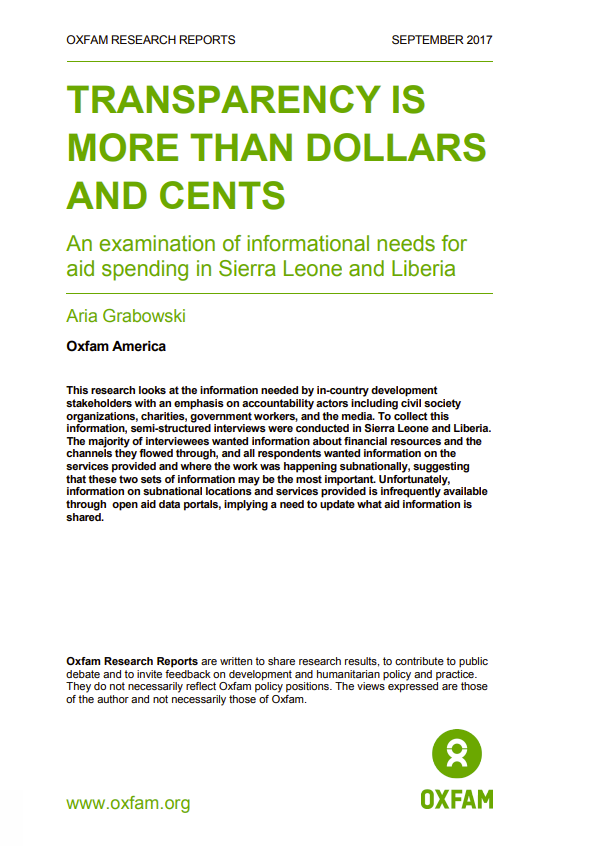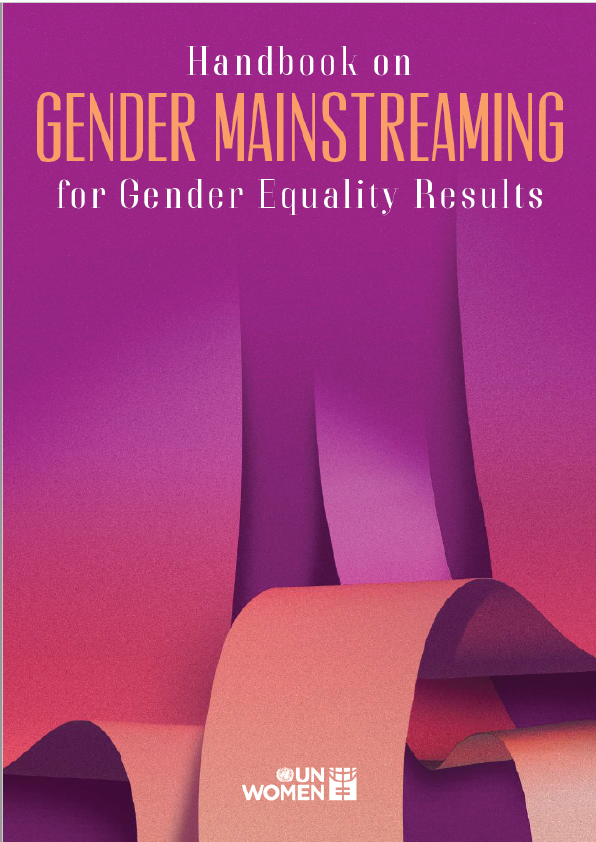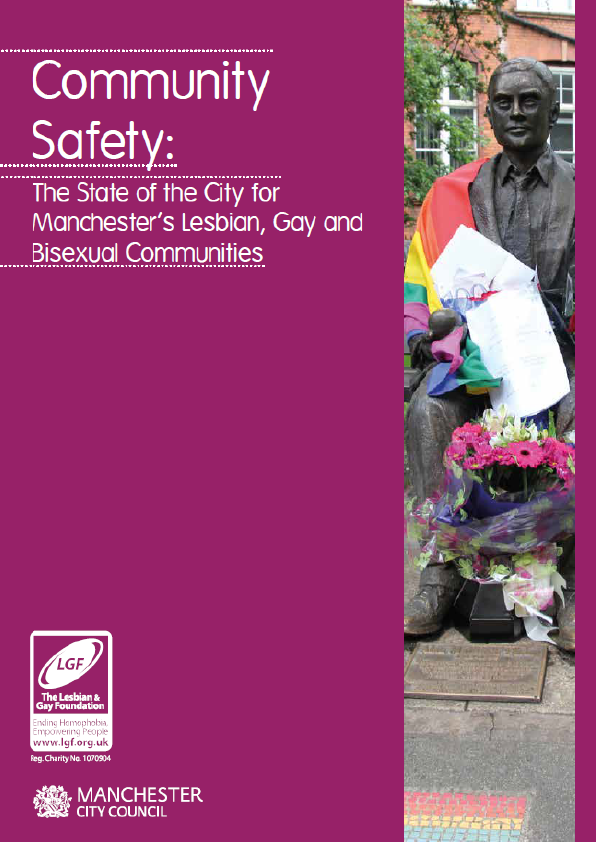This research looks at the information needed by in-country development stakeholders with an emphasis on accountability actors including civil society organizations, charities, government workers, and the media. To collect this information, semi-structured interviews were conducted in Sierra Leone and Liberia. The majority of interviewees wanted information about financial resources and the channels they flowed through, and all respondents wanted information on the services provided and where the work was happening subnationally, suggesting that these two sets of information may be the most important. Unfortunately, information on subnational locations and services provided is infrequently available through open aid data portals, implying a need to update what aid information is shared.
In international relations, aid is – from the perspective of governments – a voluntary transfer of resources from one country to another. Transparency in international aid is not just about fulfilling a requirement based on people’s right to access information, but also about making aid more effective. Transparency can help improve coordination and planning, enable accountability, and build trust. Accomplishing these goals can be a challenge when there are many partners involved in channeling funds through a complicated web of service delivery without clear public information explaining who did what where.
Currently, there is a variety of information available through different proactive and open online reporting mechanisms. Efforts to track resources for the West Africa Ebola outbreak have made it clear that current transparency initiatives do not provide detailed enough information to follow the money to the ground. Most of these tools for tracking aid focus on how much is spent in broad categories and locations, but there is little information detailed enough to allow users to track international assistance to service delivery, learn lessons, or ensure that funds are used efficiently. But what information do stakeholders need from open aid data, especially for accountability purposes?
To gain insight into stakeholders’ informational needs a qualitative analysis based on semistructured interviews with 27 stakeholders in Sierra Leona and Liberia was conducted. Sierra Leone and Liberia were selected because of Oxfam’s relationships with partners there, their recent experience with a humanitarian crisis (the Ebola outbreak), and their status as two of the poorest countries in the world. The interviewees included members of civil society organizations (CSOs) and international non-governmental organizations (INGOs), government workers, and members of the media. Of the respondents interviewed, most sought data for reasons of transparency, accountability, and/or citizen awareness. A smaller proportion of respondents were focused on improving coordination and planning. The fact that more interviewees were focused on social accountability than on improving coordination and planning aligns with the targeted nature of the stakeholder selection.
According to the stakeholders interviewed, open aid data needs to be available before work begins, include the amount of money and the channels the aid flows through, the time frame of the project, project activities, objectives, outcomes, impacts, the subnational locations of the work, and disaggregated data. The respondents also stated that their needs do not differ if it is government or donor funded work. These results mirror the results of a study by the Initiative for Open Ag Funding which examined the data needs of donors, foundations, and headquarters offices for INGOs, and the results of a study by the US Agency for International Development (USAID) looking into the needs of partner country governments, CSOs, media, academia, and private business in Bangladesh, Ghana, and Zambia.
The two topic areas that all respondents want information about—services provided and subnational locations—may be the areas that need the most improvement. According to Publish What You Fund’s Aid Transparency Index, of the 46 donor organizations examined, 30 (65 percent) could not be ranked on results data and 21 (46 percent) could not be ranked on subnational locations because they never published these data or did so only infrequently.
While access to the right information can help improve aid effectiveness, other issues must be addressed so the information can be used for accountability and planning instead of just complying with transparency standards. First, stakeholders’ lack of knowledge and low use of aid portals must be dealt with by all concerned parties, donors, INGOs, CSOs, and the media. Additionally, the lack of political will, acceptance of dissent, and the lack of resources—human, financial, and technological—need to be addressed so stakeholders can make meaningful use of the information.
If aid data is made transparent in a detailed manner, it could help ensure more effective service delivery, reduce coverage gaps and duplication of services, allow leakages to be identified and addressed, and enable lessons learned to be readily shared. A fully functioning system of transparent aid data would allow government financing and aid to pull in one coordinated direction to reduce extreme poverty and improve the quality of life for citizens, reducing needless death and inequality worldwide. Unfortunately, open aid data still has work to do so that the information needed is being provided. To address this, the first step is for publishers to include information on project services provided and subnational locations in their open aid data.











